How Seaweed Extract Is Used in Horticulture and Agriculture Products
Leave a CommentRecently, seaweed extract has been increasingly embraced as a sustainable and eco-friendly alternative or addition to chemical fertilizers. It is natural, and can be an organic source (if harvested from organic ocean sectors) of essential minerals, vitamins, and trace elements that foster healthy plant development and enrich soil quality.
In this article, we will explore everything you need to know about seaweed extract in the horticulture and agriculture industries.
Seaweed Extract in Agriculture and Horticulture Products
Seaweed extracts are widely recognized and utilized in horticulture and agriculture. They are frequently applied to vegetables, fruit, turf, trees, ornamentals, and flower crops to help fortify frost resistance and can facilitate seed germination.
Most seaweed extracts employed in agriculture come from brown seaweed, especially Ascophyllum nodosum, which is abundant in the intertidal region of the Maine, Canada, Iceland, Ireland, and Norway. Brown seaweeds contain substances that can aid in boosting plant resistance to different environmental pressures, such as drought, salt, and extreme temperatures.
Seaweed Extract Products
Most products are offered in both organic-use (OMRI) and non-organic variations. OMRI-listed seaweed extracts undergo a stringent certification process to meet the required standards. Moreover, the raw materials utilized in producing organic use seaweed extracts must be approved for organic use, and the extraction process must be free of synthetic chemicals and other harmful substances.
On the other hand, products that do not have an organic label may incorporate synthetic chemicals, preservatives, or additives. These products are still widely used, however, they are incompatible with organic farming or gardening practices.
The products are normally available in liquid or soluble powder forms. The liquid form is popular due to its versatility and ease of use. It can be sprayed straight onto the plant or mixed with irrigation water. Meanwhile, soluble powder products are designed to dissolve in water for easier application. Both options are suitable for large-scale farming or gardening operations.
Types of Application Methods
Seaweed extract products can be applied to plants and crops through various methods, such as irrigation or foliar. Irrigation refers to blending seaweed extract with water and administering it to the soil or root zone through irrigation systems. This approach enables the plants to consume the advantageous components via their roots, which can foster root development.
Foliar application is a spraying method of applying seaweed extract directly to the plant’s leaves. The plant absorbs the beneficial compounds through the leaves, improving the plant’s ability to withstand stress.
Partner With North American Kelp for High-Quality Seaweed Extracts
North American Kelp is a trustworthy supplier of seaweed extracts that are sustainably sourced and responsibly produced. Our products provide a rich and natural source of essential minerals and vitamins that benefit plants. If you would like to learn more about our products, please visit our Seaweed Products page.
Contact us today to partner with us!

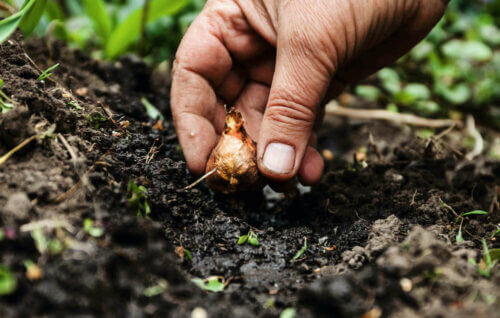
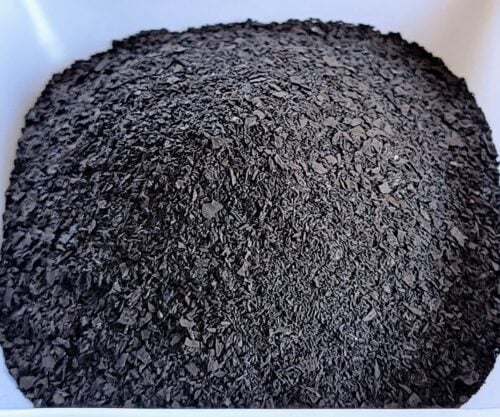
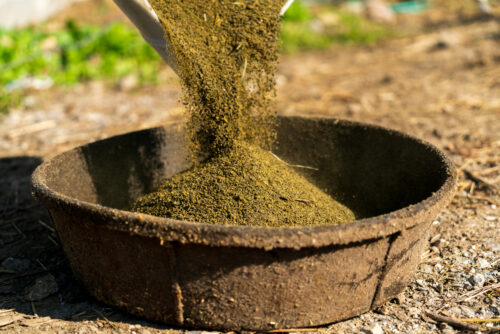
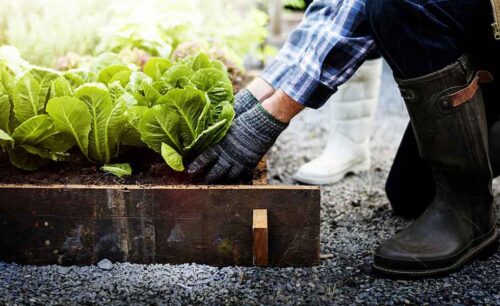
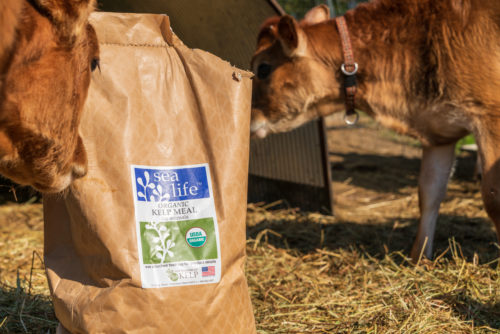
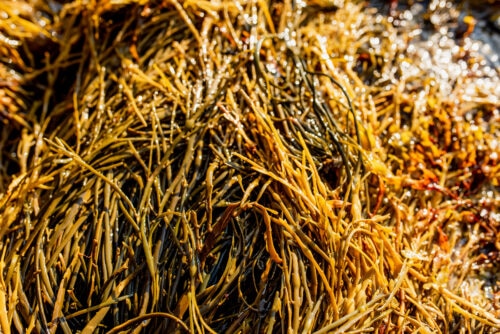
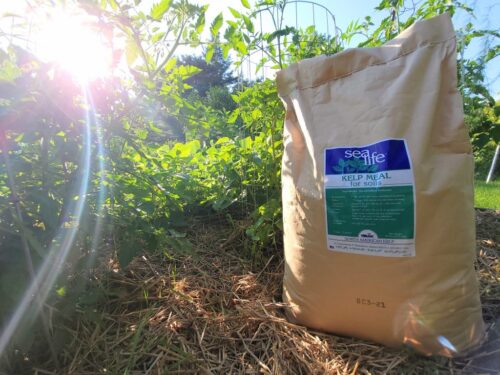
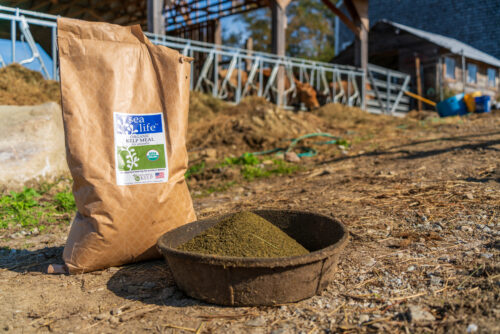
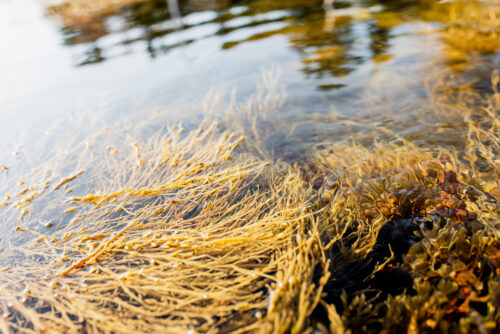
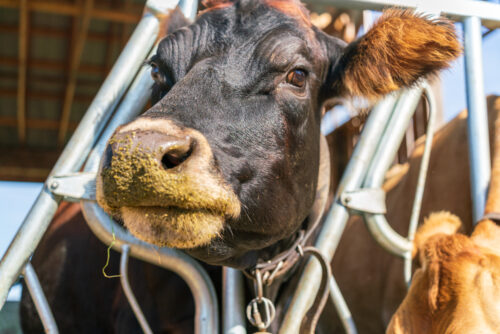
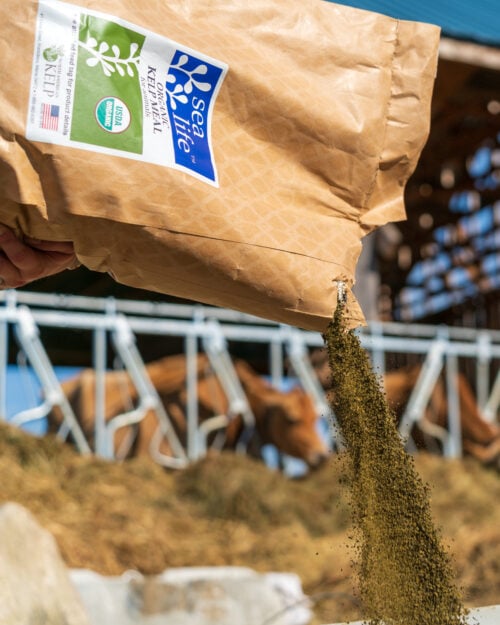 .
.